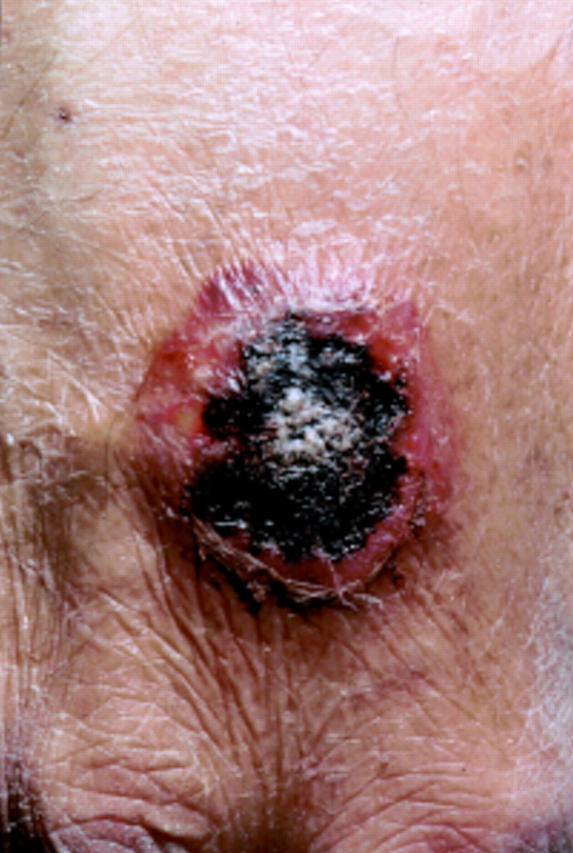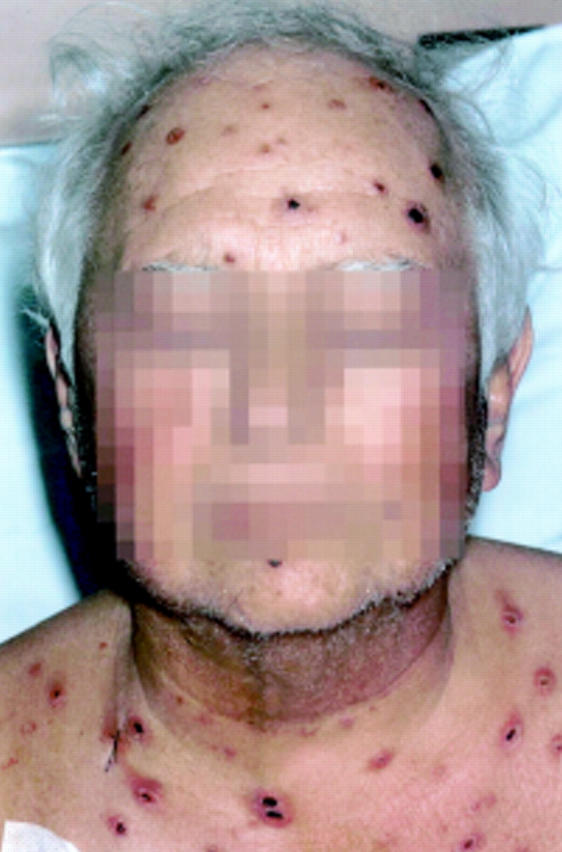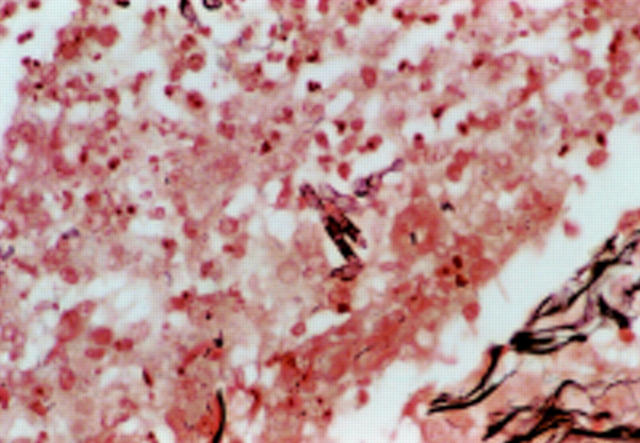Abstract
Fusarium species are increasingly recognised as serious pathogens in the immunocompromised. The outcome in the context of persistent severe neutropenia has been almost universally fatal. However, there have been several case reports of successful treatment if neutrophil recovery can be achieved. This report presents the case of a fatality that occurred despite neutrophil recovery. A 67 year old man developed disseminated fusariosis during the neutropenic phase of induction chemotherapy for acute lymphoblastic leukaemia. Fusarium dimerum was isolated from blood cultures. This species is highly unusual and very few case reports exist in the literature. An initial response to amphotericin treatment coincided with neutrophil recovery but a subsequent relapse occurred, despite adequate neutrophil counts, which proved fatal. It is postulated that reseeding of the blood from an occult site, namely the right vitreum in this case, led to this secondary relapse despite achieving complete leukaemic remission.
Key Words: fusarium • disseminated • neutropenia • remission
Full Text
The Full Text of this article is available as a PDF (151.2 KB).

Figure 1 Initial lesion on dorsum of right hand, which developed an ecthyema gangrenosum appearance.

Figure 2 Multiple skin lesions on patient's face and thorax. Initially, many had a vesicular appearance and later developed central necrosis.
Figure 3 Reticulin stain of skin biopsy showing fungal hyphae.



